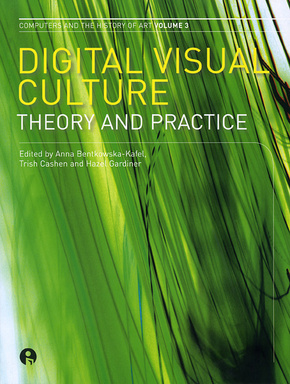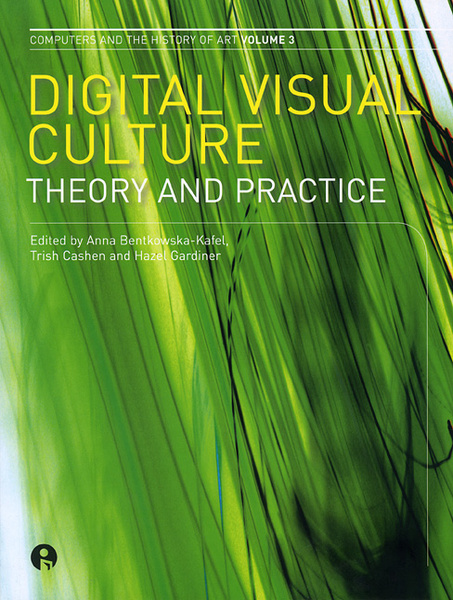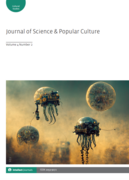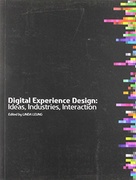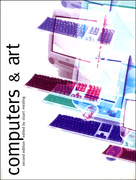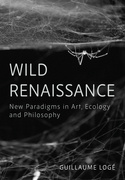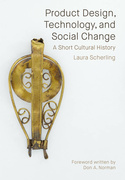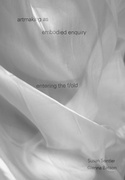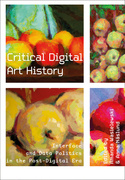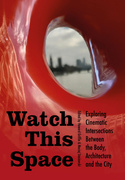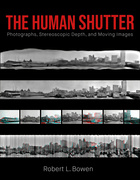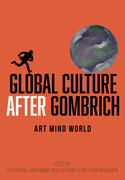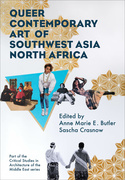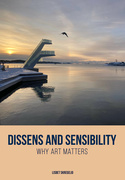Digital Visual Culture (Book)
Theory and Practice
Digital Visual Culture presents the latest research into the relationship between theory and practice across digital media and technology in the visual arts and investigates the challenges of contemporary research and art curation, particularly in regard to new media artworks. The contributors to this volume discuss the impact of technological advances on visual art and the new art practices that are developing as a result. Many aspects of new interdisciplinary and collaborative practices are considered, such as net art and global locative environments, , and installations that are themselves performance, or games that often take place simultaneously online and in reality. Digital Visual Culture is an important addition to the ongoing discussion surrounding postmodern art practice in art and digital media.
Edition
Anna Bentkowska-Kafel is a research fellow for the 3D Visualisation in the Arts Network at King’s College London. Trish Cashen teaches at the Open University. Hazel Gardiner is editor for the Corpus of Romanesque Sculpture in Britain and Ireland.

